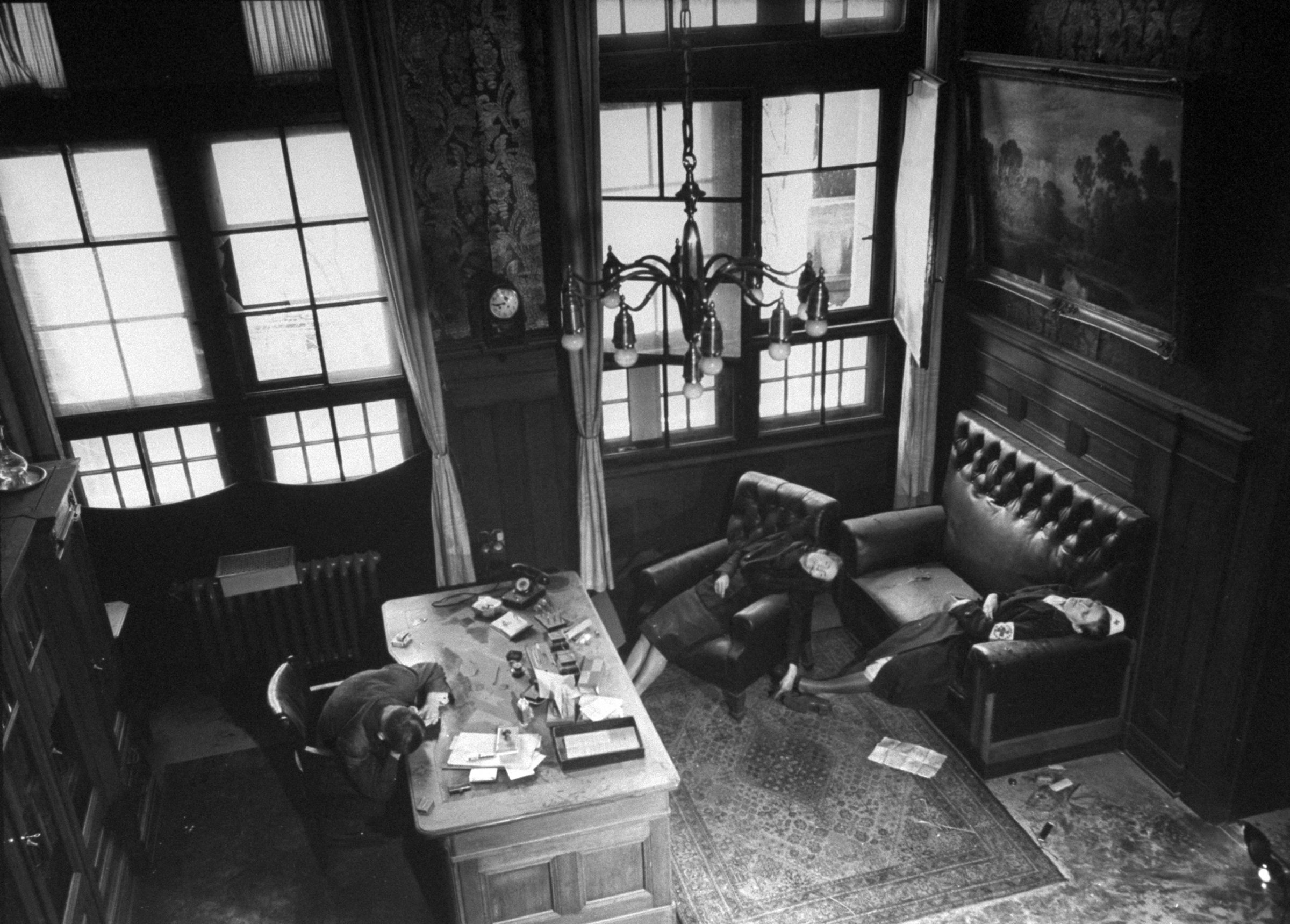
Adolf Hitler and Eva Braun famously committed suicide on April 30, 1945, as it became clear that the defeat of the Nazi regime was imminent. He took his life by gunshot and she by cyanide. But the chancellor and his wife of less than two days were not the only members of the inner Nazi circle to end their own lives as the war in Europe drew to a close.
LIFE’s Margaret Bourke-White was in Germany when German forces surrendered, and her camera found disturbing scenes in Leipzig, where city officials and their family members chose death over defeat. LIFE described the impetus behind their actions:
In the last days of the war the overwhelming realization of utter defeat was too much for many Germans. Stripped of the bayonets and bombast which had given them power, they could not face a reckoning with either their conquerors or their consciences. These found the quickest and surest escape in what Germans call selbstmord, self-murder.
In a nutshell, LIFE wrote, “Germans stopped killing others and began killing themselves.”

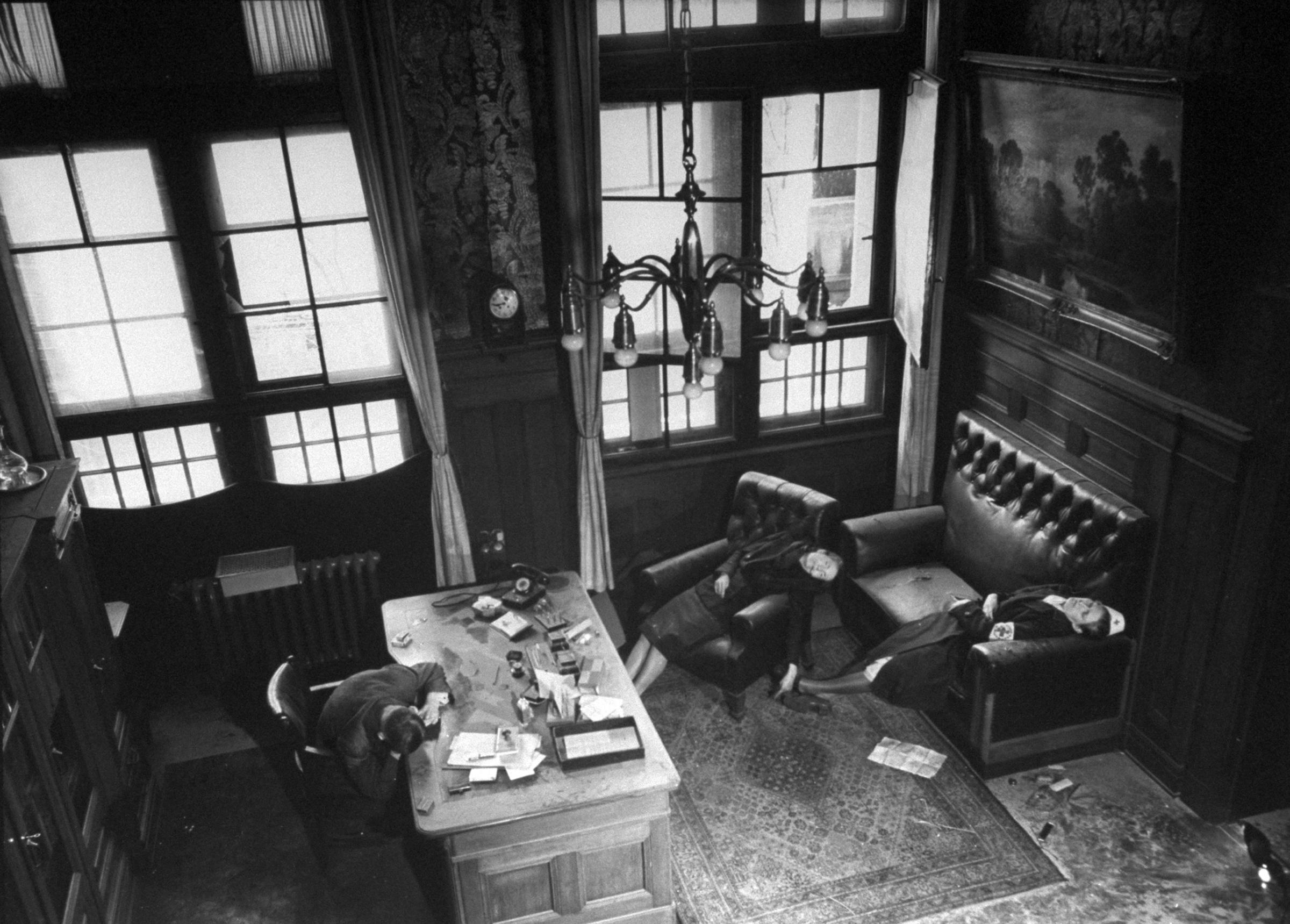
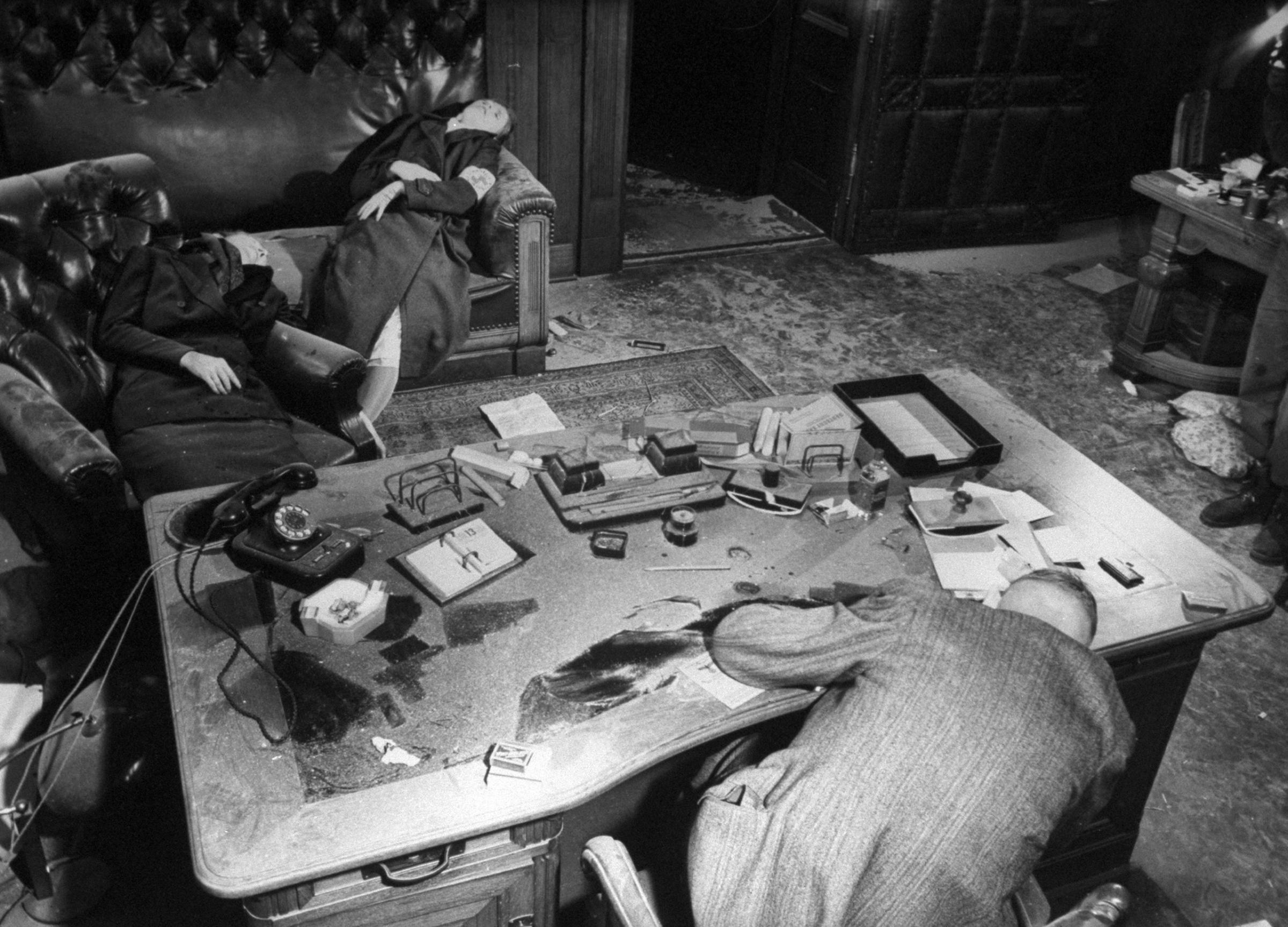
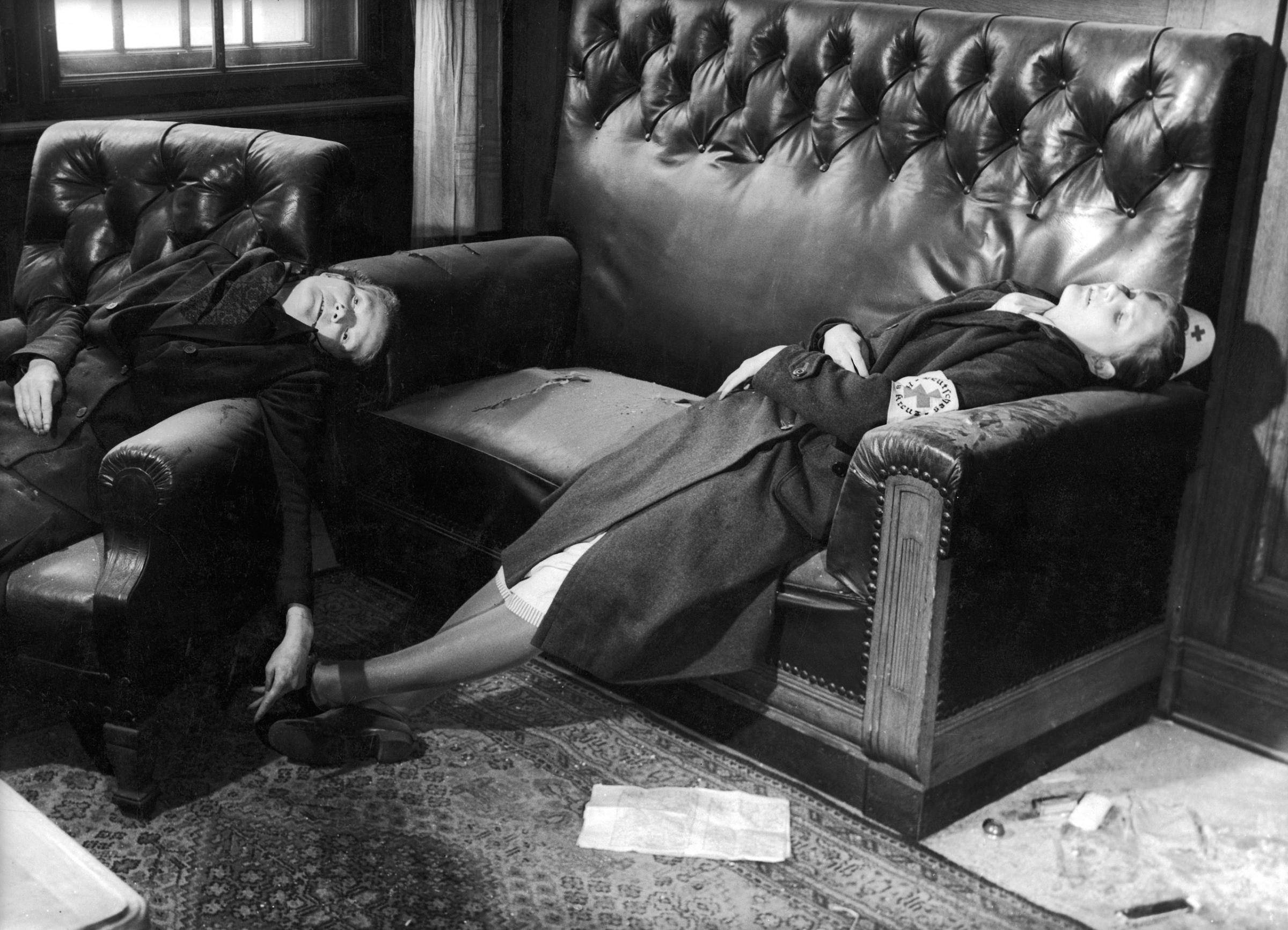
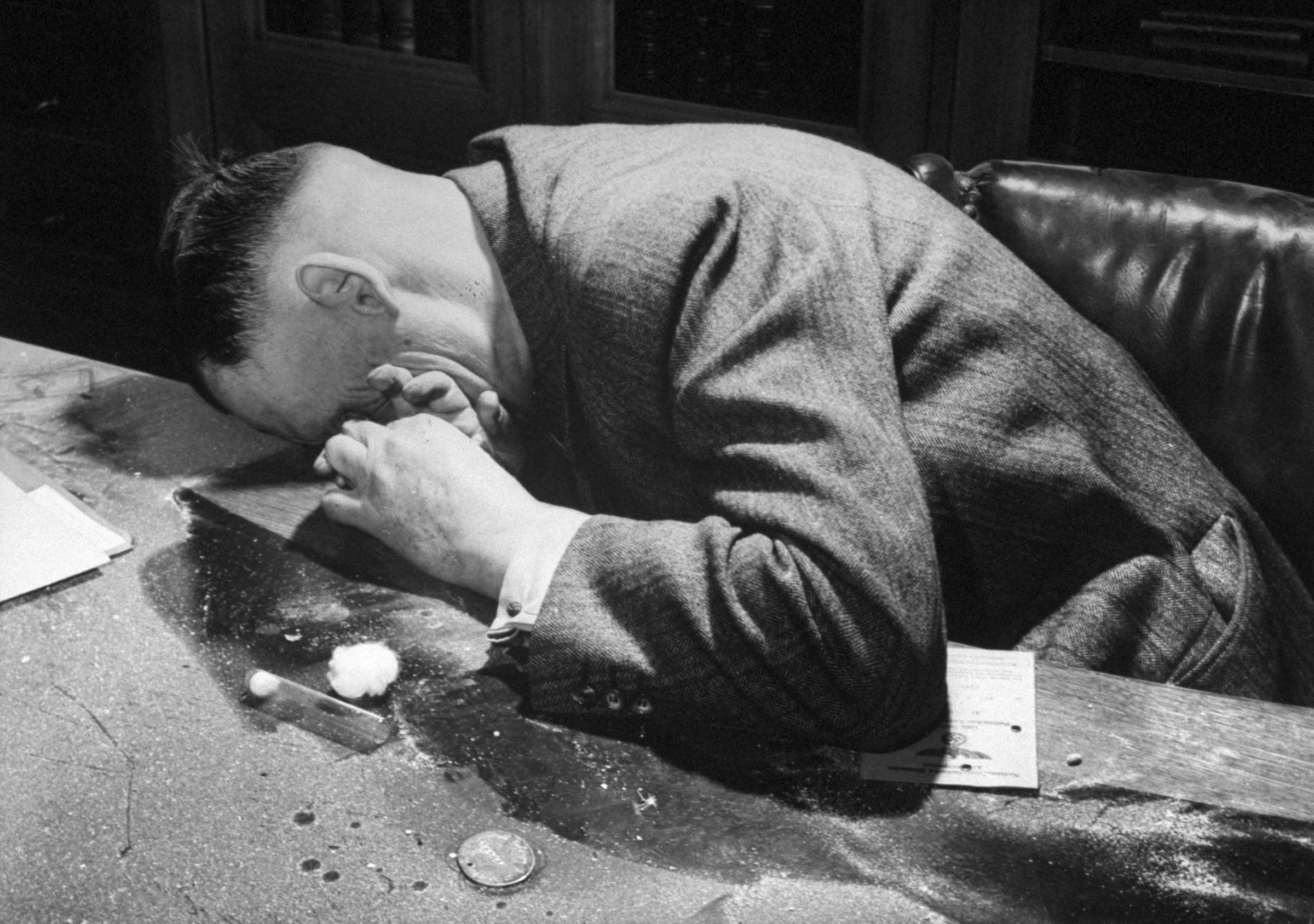
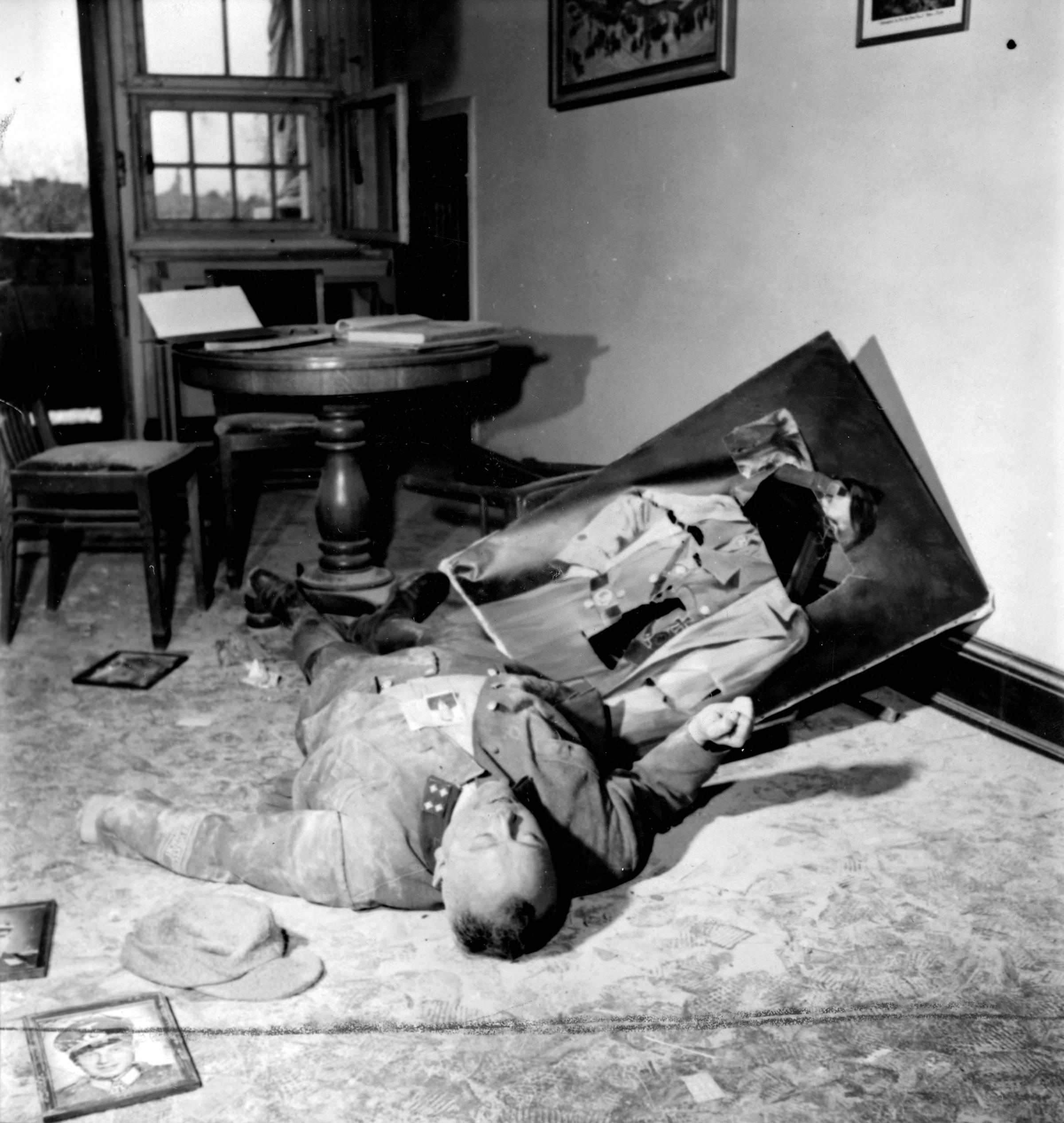
More Must-Reads from TIME
- Cybersecurity Experts Are Sounding the Alarm on DOGE
- Meet the 2025 Women of the Year
- The Harsh Truth About Disability Inclusion
- Why Do More Young Adults Have Cancer?
- Colman Domingo Leads With Radical Love
- How to Get Better at Doing Things Alone
- Michelle Zauner Stares Down the Darkness
Write to Eliza Berman at eliza.berman@time.com